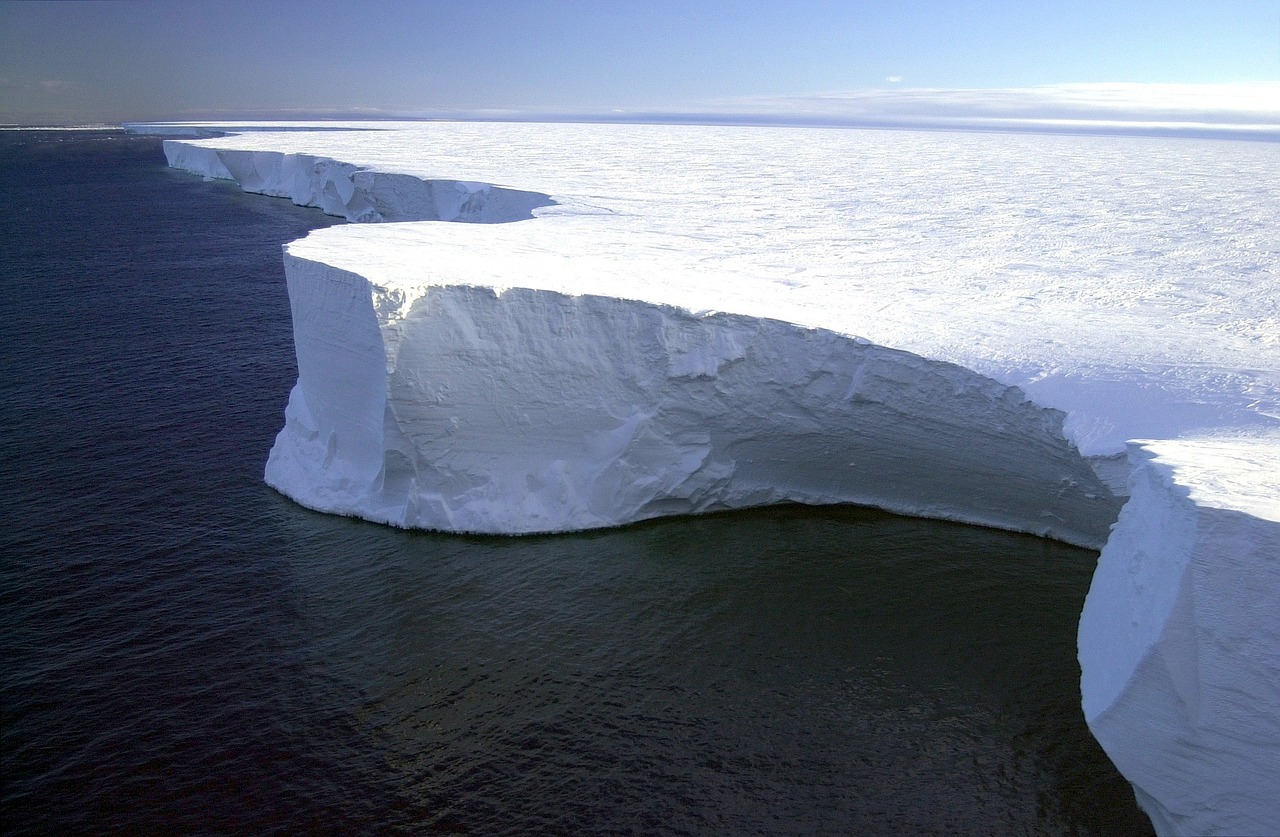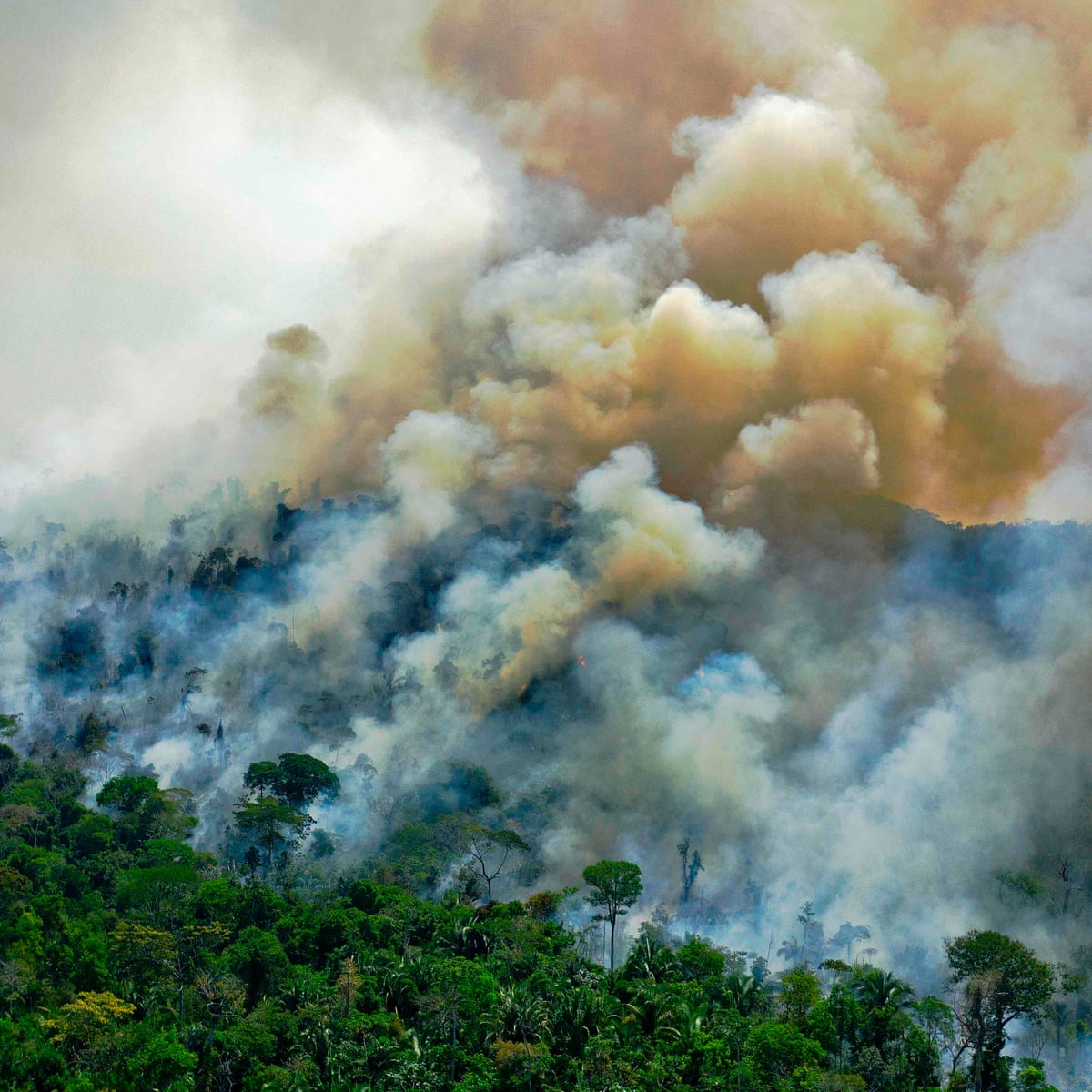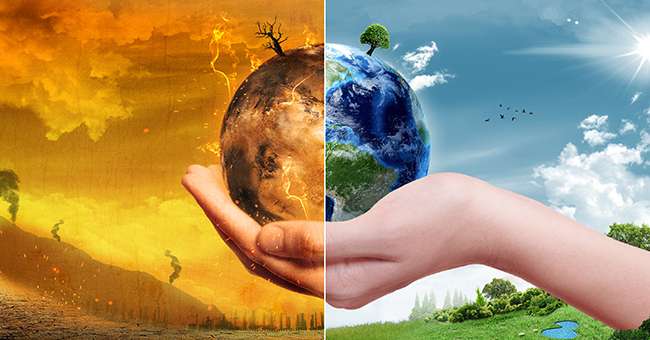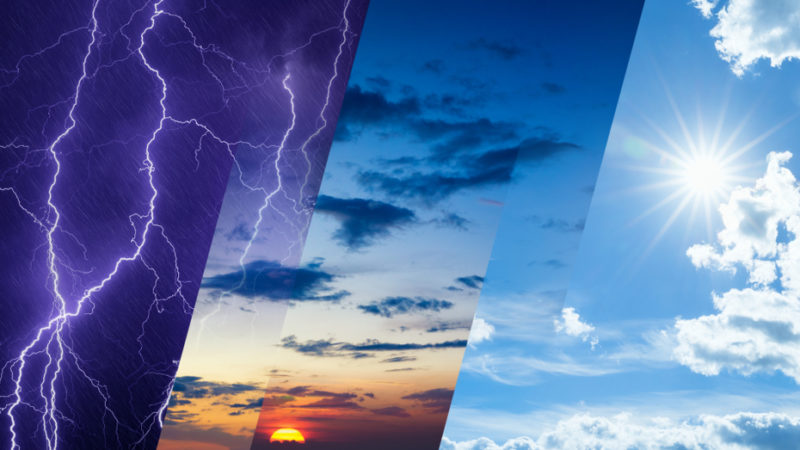Discussing global warming connotes more carbon emissions, more heat, and a steady rise in temperature. However, the case is far more complex than that. The rise in CO2 levels does push the Earth’s thermostat higher in general, but environmental consequences like those mentioned above—very severe droughts or extremely intense storms—do not always follow this pattern. In fact, we’re closer than ever to activating what scientists call “climate tipping points”—thresholds that, once crossed, could cause abrupt and irreversible changes in the natural systems we depend on.
What Are Climate Tipping Points?
Climate tipping points, therefore, are those critical thresholds in Earth’s natural systems where crossing them could give them a chance to jump to a new and possibly irreversible state. Upon crossing the threshold, these systems may transition into an irreversible new state. After all, even if we drastically cut our emissions, it may still be too late for the damage, and the shift would continue.
Key examples of tipping points include the Amazon rainforest turning into a dry savannah or Arctic permafrost melting and releasing large volumes of greenhouse gases. Once these events begin, reversing them is unlikely. Thus, the scientific community is growing concerned about our proximity to those thresholds of no return.
Why Should We Care About Tipping Points?
The Intergovernmental Panel on Climate Change has already identified more than a dozen natural systems, including ice sheets and forests, that are in danger of reaching their critical thresholds. More and more, scientists have moved the dynamics tipping point from far-off to almost at our doorstep.
The 1.1 degrees Celsius of warming we have caused might mean that we have passed some tipping points, as the 2022 Science study suggests. And with 1.5 degrees of warming, the danger of kicking in more tipping points grows exponentially. Even the most conservative estimates from the IPCC now indicate that our current emissions may lock in some of the global tipping points.
Examples of Climate Tipping Points
Scientists identify the following as some of the feared tipping points:
1. Thawing permafrost
Essentially, it’s just frozen carbon-rich layers of soil acting as a time capsule. These long-term environments lock up organic material that would otherwise decompose. Global warming causes it to thaw, releasing powerful greenhouse gases like carbon dioxide and methane. This creates a vicious cycle where more warming leads to thawing of more of the permafrost, and so on.
Worse, thawed permafrost can destabilize landscapes, leading to mudslides, collapsing hillsides, and even the draining of lakes. This frozen ground could also affect infrastructure, including roads and buildings.
2. Thawing ice sheets in Antarctica and Greenland

The Doomsday Glacier, also known as the Thwaites Glacier in West Antarctica, is melting. This glacier is losing mass at such a rapid rate that warm ocean waters are eating away at its underside—the base of its ice shelf. If this glacier collapses, it could open the floodgates to a domino effect throughout West Antarctica. It would significantly raise sea levels by increasing the amount of ocean water.
Similarly, Greenland’s ice sheet loses mass at an accelerating rate. The underlying ice becomes darker as it melts more. The darker ice absorbs more heat, which melts further, creating a positive feedback loop that may eventually melt all of Greenland’s ice.
3. The Weakening Gulf Stream
This is part of a larger ocean current system that greatly regulates the Earth’s climate. Fresh water comes in from Arctic melting as it pours into the North Atlantic; the salty water then becomes diluted, so it sinks and cannot drive the Gulf Stream. If the Gulf Stream slows or stops, it can have a significant impact on the global weather pattern. It could also make European winters harder and alter global rainfall patterns.
4. Dieback of Forests: Amazon and Boreal Zones
It holds enormous stores of carbon, so one commonly refers to it as the “lungs of the earth.” But increasing temperatures, combined with deforestation, may cause that part of Amazonia to turn into a dry savannah, releasing all of that stored carbon into the atmosphere. That will not only accelerate climate change, but it will also risk causing an interruption in the South American water cycle.
Threats to the world’s boreal forests, which include huge carbon reservoirs in the trees and soil, extend beyond northern North America, Scandinavia, and Russia. Not only will warmer temperatures lead to more wildfires and infestations by insects, but those stored carbon emissions could convert these forests into grasslands.

The danger increases with each passing day that the Earth continues to warm. If we exceed the 1.5-degree limit, the number of tipping points will significantly increase, and tipping points themselves may interconnect, forming a kind of domino effect that would, in turn, accelerate the amplification of global warming.




